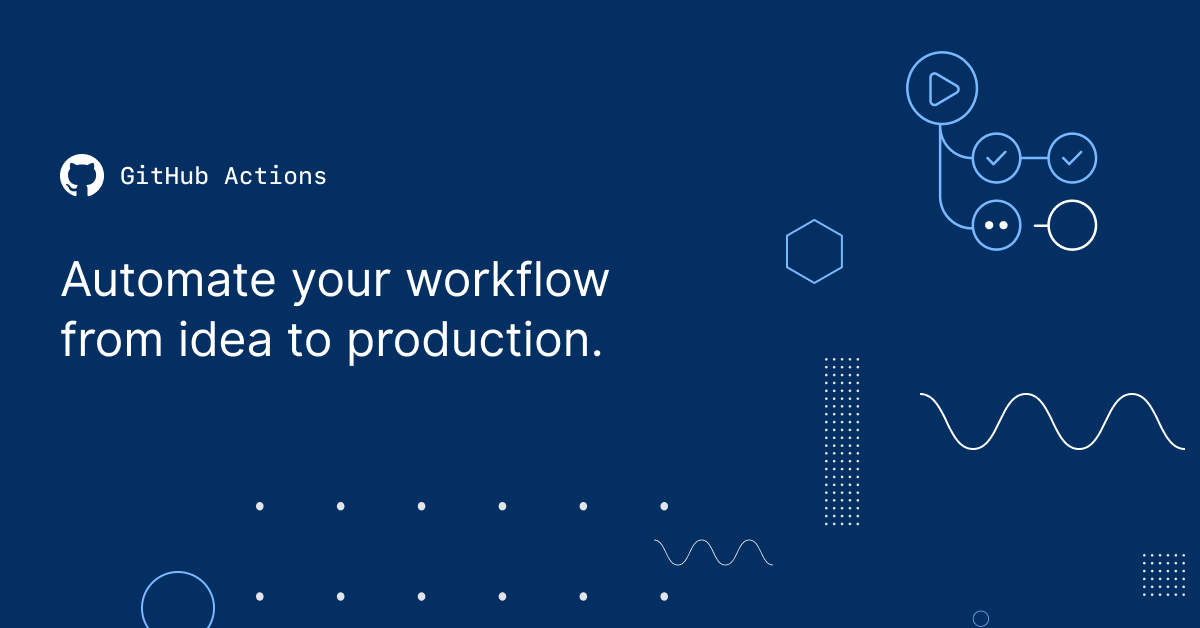In an earlier article (hope, you’ve read it), we took a look at the CircleCI deployment system, which integrates perfectly with GitHub. Why then would we want to look any further? Well, GitHub has its own CI/CD platform called GitHub Actions, which is worth exploring. With GitHub Actions, you don’t need to rely on some external, albeit cool, service.
In this article we’re going to try using GitHub Actions to deploy the server part of InterSystems Package Manager, ZPM-registry, on Google Kubernetes Engine (GKE).

